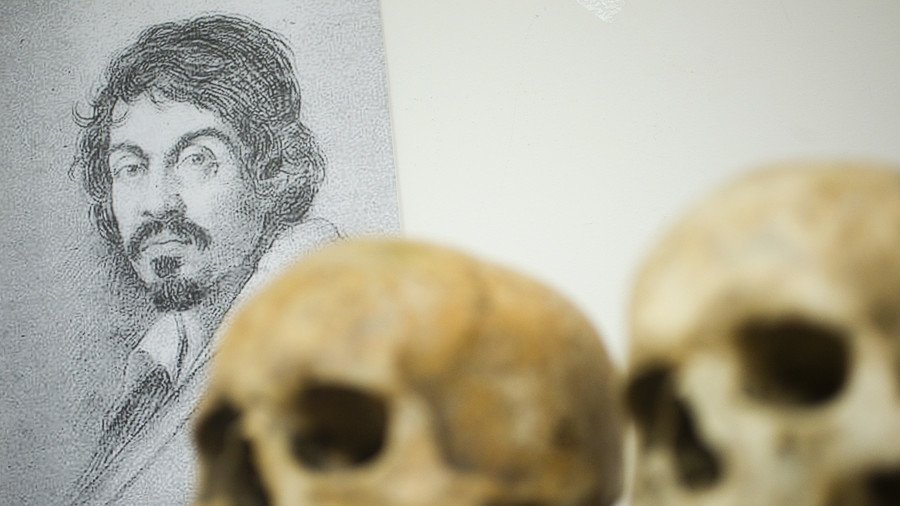Caravaggio's ‘assassin’ finally revealed four centuries after his mysterious death at 38

Four centuries after Caravaggio mysteriously died at the age of 38, scientists claim they have determined what killed the famous Italian painter.
Over the years the baroque painter’s death has been shrouded in mystery and conspiracy theories, ranging from lead poisoning, to syphilis and even to murder.
Now, a group of French scientists based at the Marseille University Hospital Institute (IHU) claim they have finally identified the killer: an infection caused by Staphylococcus Aureus, also known as Golden Staph.
Découvrez aujourd'hui, dans les pages de @laprovence, la découverte exceptionnelle des chercheurs de l'IHU Méditerranée Infection sur la mort du #Caravagepic.twitter.com/0Ls05g4t7F
— IHU Méditerranée Infection (@IHU_Marseille) September 18, 2018
The team cooperated with Italian anthropologists and microbiologist Giuseppe Cornaglia to extract teeth from Caravaggio's skeleton. They then examined the dental pulp –rich in blood vessels– using a combination of three methods of DNA detection.
"The killer was identified – a Staphylococcus aureus," the institute, led by Professor Didier Raoult, confirmed in a statement.
"Directeur de l’@IHU_Marseille, Didier Raoult et ses équipes viennent de publier une découverte majeure dans l’#histoire de l’#art : après une bagarre qui l’aurait blessé, le #Caravage serait mort d’une #infection à #staphylocoque doré". Lire @laprovence 👉https://t.co/4CdAac29wSpic.twitter.com/oPLUWSza45
— AP-HM (@aphm_actu) September 18, 2018
The results will be published before the end of the year in the journal ‘Lancet Infectious Diseases’, according to AFP.
Michelangelo Merisi da Caravaggio died in Tuscany in 1610, four years after he killed a man in a brawl in Rome, adding to the intrigue surrounding his demise.
‘Offense to history & art’: Facebook censors Caravaggio’s nude cupid painting
Previous attempts to explain his death pointed to lead poisoning and claims that he literally died for his art. In 2010 scientists found a high content of lead, which was previously used in oil paints, in Caravaggio's bones. They admitted that lead poisoning alone would not have killed him but could have been a contributory factor.
If you like this story, share it with a friend!















